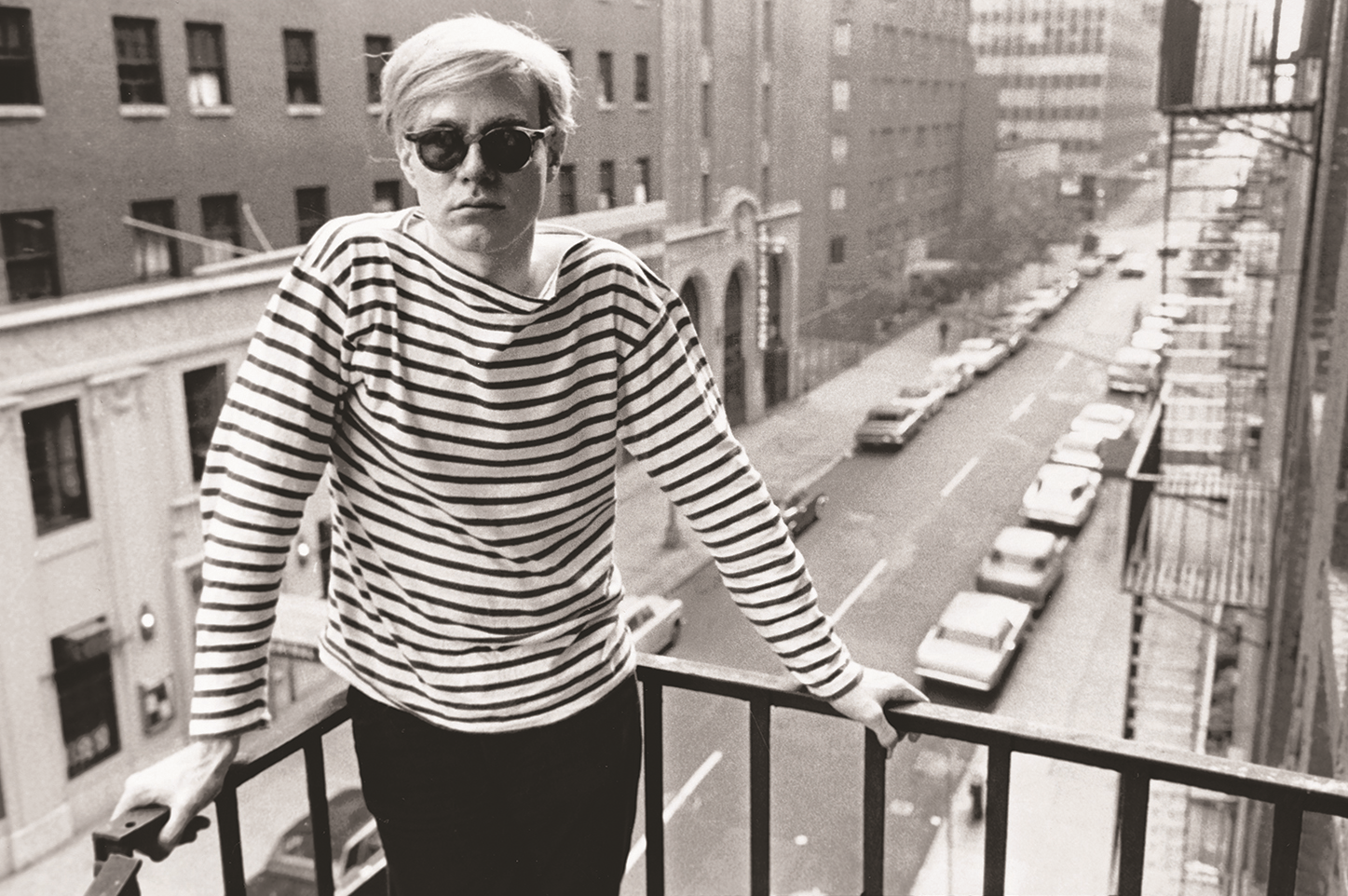
Phaidon's 15 Minute Art Lesson - Andy Warhol's Voice - by Glenn O'Brien
The Warhol confidant and Interview magazine editor remembers how Andy said everything by saying almost nothing
Museums, art fairs and galleries might well be shutting their doors, and many education facilities have closed down, though that doesn’t mean you have to turn your back on high culture just yet. During the Coronavirus shut-down we’ll be bringing engaging, informative and thought-provoking extracts from our enviable back catalogue.
Of course, even if everything was back to normal, there are still some aspects of the art world we can never recover. In this piece, published in frieze A to Z of Contemporary Art, the late, great Interview magazine editor Glenn O’Brien recalls how his boss, Andy Warhol used to talk. Even in this respect, it seems Andy was a master of modernity.
“Andy was famous for what he didn’t say,” writes O’Brien. “His silence was eloquent — A monosyllabic yes-man to the media, an opinionated chatterbox blabbermouth to his coterie, Andy Warhol was always true to his word. His word was ‘Oh’. Andy single syllabically turned English into an oriental language. Listening to him was communion of music and meaning, rhetoric and 3-d squared. With Andy a picture was worth a thousand words, and each word was worth a thousand meanings depending on intonation.
“Oh!
“Oh!
“O_hhh_!
“Really!
“O_h Really_!
“Gee!
“Oh gee!
“Great!
“That’s so great!
“Isn’t that great Bob?
“He’s so great.
“She’s so great.
“They’re really up there.
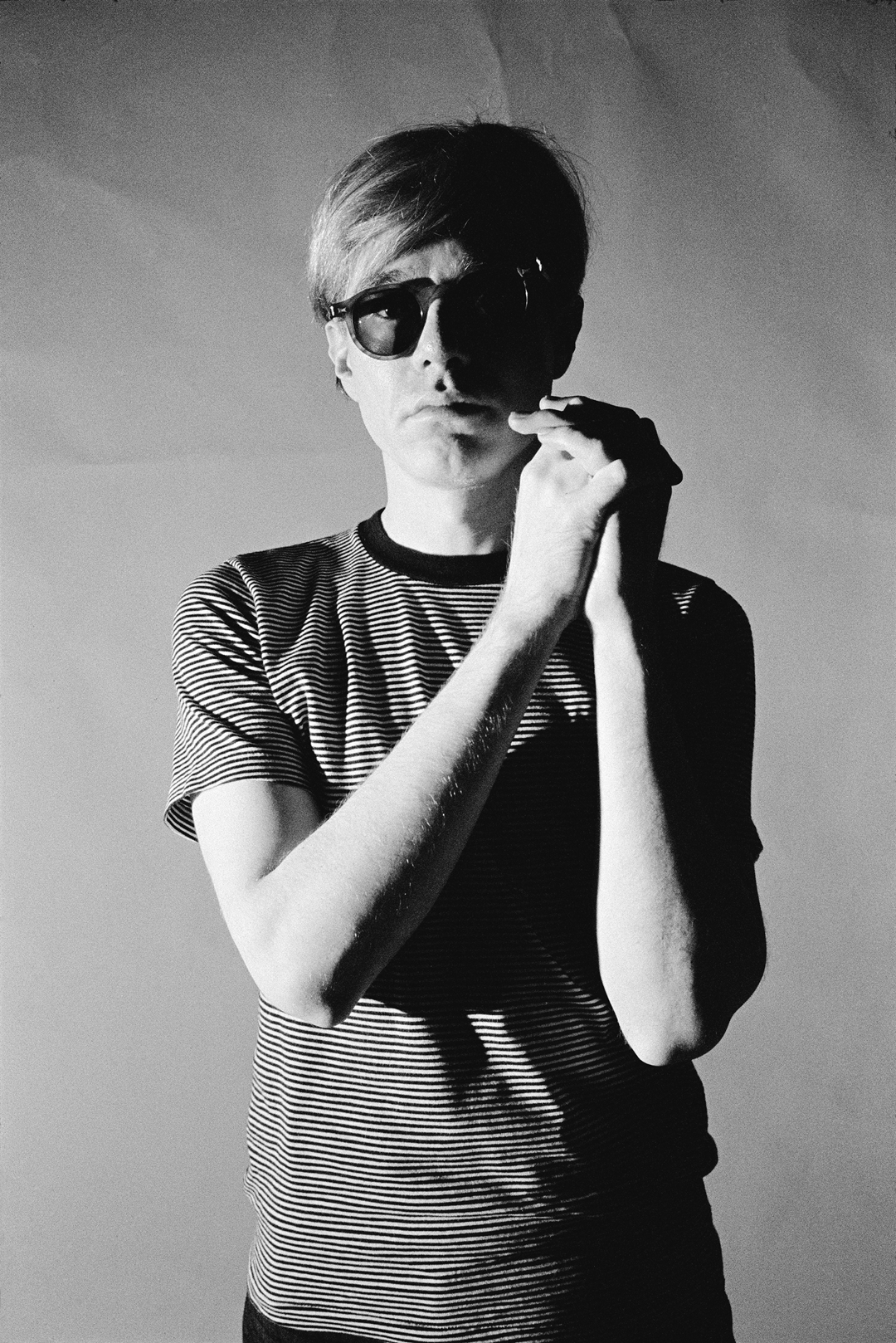
“Andy droned. Andy intoned. Andy spoke in italics. Andy had a gentle voice. He was soft spoken. He didn’t speak with a nelly lisp. He had his own variation on the lockjaw accent. Not the WASP lockjaw of George Plimpton or Katharine Hepburn. A kind of modulated monotone that placed emphasis by holding and bending the note more than simply raising the pitch. Andy would make ‘Oh’ or ‘Gee’ four syllable words.
“Before I met Andy in 1970, I never heard anyone talk like that, but the people around Andy all talked like that. It was addictive. After I’d worked there for about six months, I was talking like that myself. We all walked around the Factory saying ‘Geeeee … that’s so great.’ And great was three syllables. I used to call it the Factory Accent. Fred Hughes had it. Pat Hackett had it. Jed Johnson had it. Bob Colacello had it. Jane Forth had it a lot. Donna Jordan had it sometimes. Michael Netter had it. Ronnie Cutrone had it. Vincent Fremont had it after a couple of drinks. Vincent Fremont remembers Andy’s ‘Wo ... wo ...wo ... ’ It was like a syllable was stuck in his throat, not a stutter really but something he did while he was waiting for the words to emerge.
“It wasn’t really a nervous tick as much as a busy signal. When Andy was nonplussed it would be: ‘Wo ... wo ... wo ... wo ... what do you mean?’ Andy wasn’t shy; he was guarded. I remember my mother telling me ‘if you can’t say something nice don’t say anything’. Andy lived that. At least publicly. And it wasn’t that he went around not saying anything. He always said something nice. ‘Great. That’s really great.’ If it was great, Andy said it was great. If it was terrible, Andy said it was great.
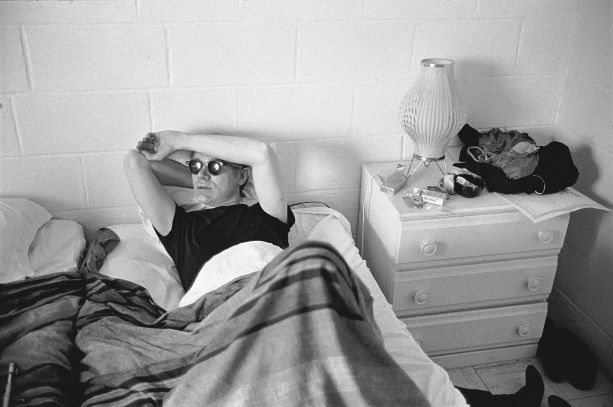
“Of course if you knew Andy, if you were what the newspapers for some reason always called a ‘Warhol acolyte’, you knew a great that meant great from greats that meant ludicrous, horrid, abysmal and beneath contempt. And you knew that as long as he said it was great, he could never get into trouble being quoted, but he could still make himself understood to those with ears to hear. Andy wasn’t a phony. He just believed in being positive.
“According to the lay Jesuit philosopher Ted Carpenter, the word ‘phony’ derives from the word ‘telephone’. Falseness comes with the distance of the phone. You can’t see ’em blink on the phone. But Andy, as his interlocutors will testify, loved to talk on the phone. He was, if anything, infinitely more genuine on the phone because removal from the physical realm, from eye contact, from the possibility of touch, freed him. Walter Steding says Andy’s talk turned more inscrutable, guarded and abstract after he was shot. Andy’s blankness had a genuine basis, but he cultivated it. He was a human tabula rasa. Critics loved it when Andy aspired to being a machine, an object. They loved it when Andy said, ‘Just tell me the words you want me to say and I’ll say them.’ Andy was the Muhammed Ali of passive aggression.
“David Bowie caught the idea of Andy, his pose and his relationship through the media to the world in the song ‘Andy Warhol’. ‘Andy Warhol … Silver screen ... hang him on the wall ... Andy Warhol looks a scream ... you can’t see him at all ...’ I was working at the Factory when Bowie came up to sing the song to Andy in the early ,70s. Bowie’s records had just been released in the States and Andy had never heard of him. Paul Morrissey didn’t want to let him in. In fact I was the only one in the place that had ever heard of him, but Andy was polite and sat still long enough for Bowie to do a mime routine and sing him his song. Andy fidgeted all the way through and I could see he couldn’t tell if the song was a tribute or a put down or both, but he knew how to handle it.
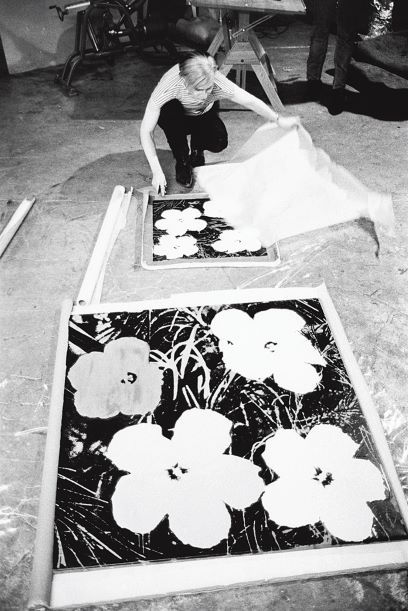
“‘Oh gee. That’s great. Gee. Thanks.’ Andy constructed his public persona so that he could be sort of all things to sort of all people. He was the perfect screen for other people’s projections. Painters saw him as painterly. Radicals saw him as radical. Libertines saw him as libertine. He reflected people’s opinions of him. He was the director of the film Blow Job and he dined at the White House. There was an Andy Warhol for every point of view.
“Oddly, Andy was probably the most opinionated and judgmental person I’ve ever encountered, but outwardly he was a paragon of agreeability. I still miss his opinions and his judgement. He was usually right, certainly more infallible than any Pope, and I think he was about the only person whose approval mattered about my work. And nobody else’s opinion has ever replaced his in my life. I still wonder what Andy would think of things. I remember feeling a terrible void when Andy died so unexpectedly and thinking, who’s going to judge things now? What gave Andy the power to be so judgmental was the way he did it. Kindly and mercilessly. With utter simplicity and complex shading. His opinion was untwistable, impossible to manipulate, misquote or take out of context. Andy knew how to talk through the media, practically without moving his lips. He was the ventriloquist and the dummy both.
“In A Vision Yeats described a complex metaphysical system of personality based on the phases of the moon. He saw history, as well as the journey of the individual soul through a series of incarnations, as a changing balance of forces. Of the 28 personalities ascribed to the phases of the moon, phase one (the new moon), and phase 15 (the full moon), were described as supernatural incarnations. The full moon, phase 15, represented a phase of complete beauty and subjectivity. The new moon, phase one, represented a phase of complete plasticity and objectivity. I often think of Andy as something close to Yeats’ phase one, a figure of almost supernatural plasticity and objectivity. He was the most plastic of the plastic artists. He was the exploding plastic inevitable. And he always sought his opposites, beauty and subjectivity. If I had told him that, I know what he would have said. ‘Oh, really?’ Yeats places the terrifying character of phase one in our historical millennium turning path.
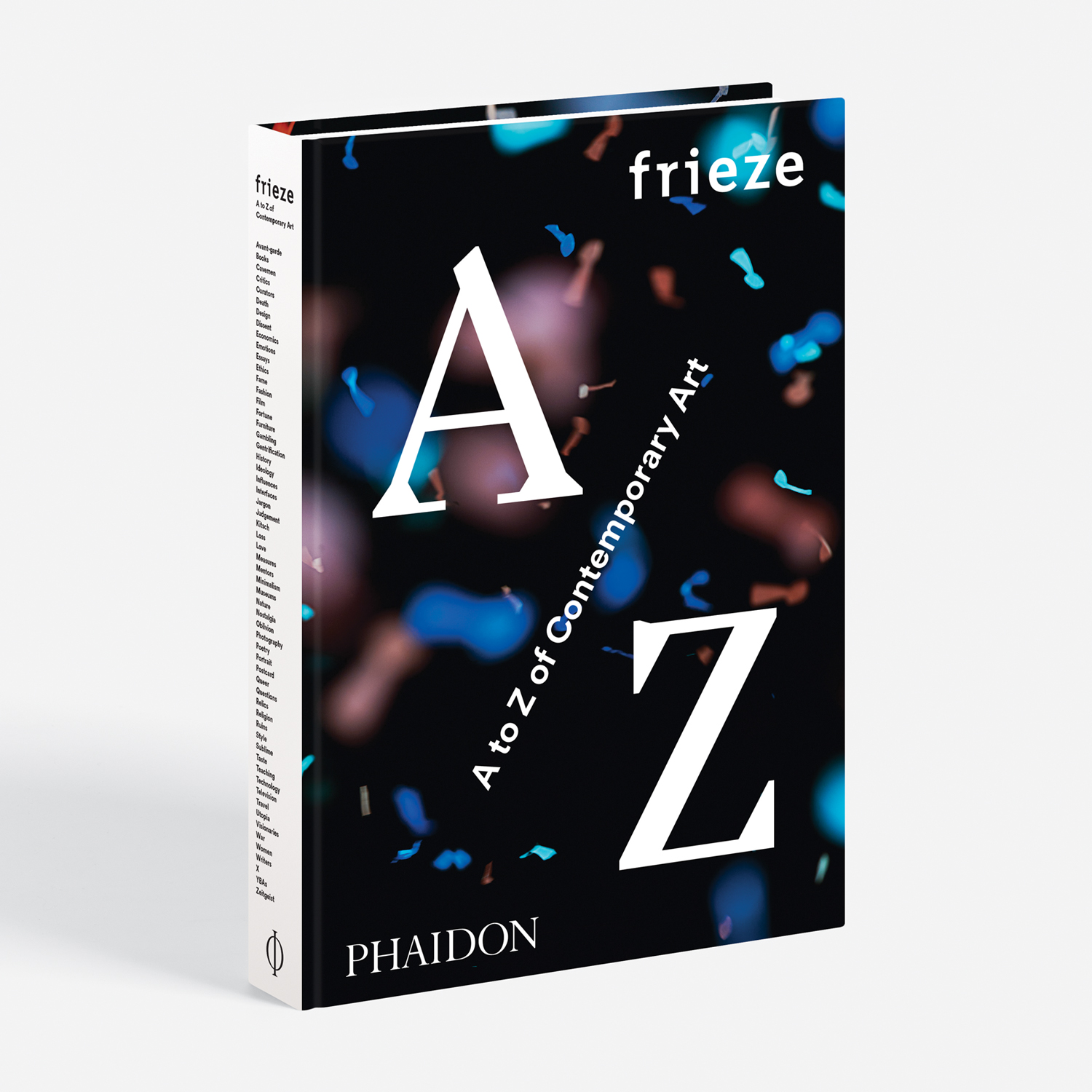
“And while Andy, the most opinionated of men in his heart, is certainly not this supernatural incarnation, an apocalyptic avatar of passivity, he played that role on the world’s stage, a role that demanded to be played, and his speech, like his art, was a complex of meanings. Andy’s irony was no simple construct of double entendres, it was a matter of degrees, a freemasonry of observation, mirth and judgement. Andy’s word was art. He stood by it. You could interpret it if you wanted, or you could just take it in. But if you had a good ear you could hear things in that ‘Oh’, like when you hold a conch shell up to your ear and hear the ocean. I loved the sound of Andy’s voice. I can still hear it. It was so great.”
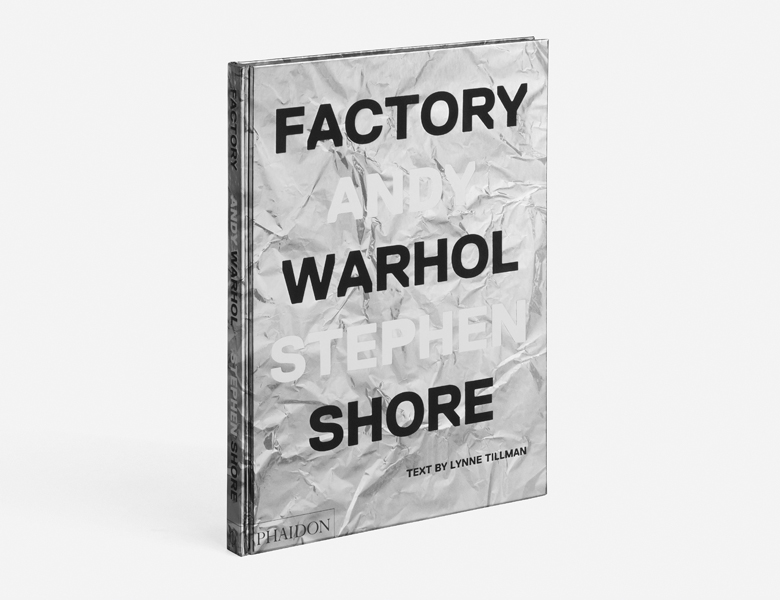
To see many more of these photographs, all taken by a young Stephen Shore, order a copy of Factory: Andy Warhol; for more writing like this, order a copy of frieze A to Z of Contemporary Art here. And if you like Andy may we recommend this story at Artspace and don't forget to check out the huge array of Warhol books in the Phaidon store here.